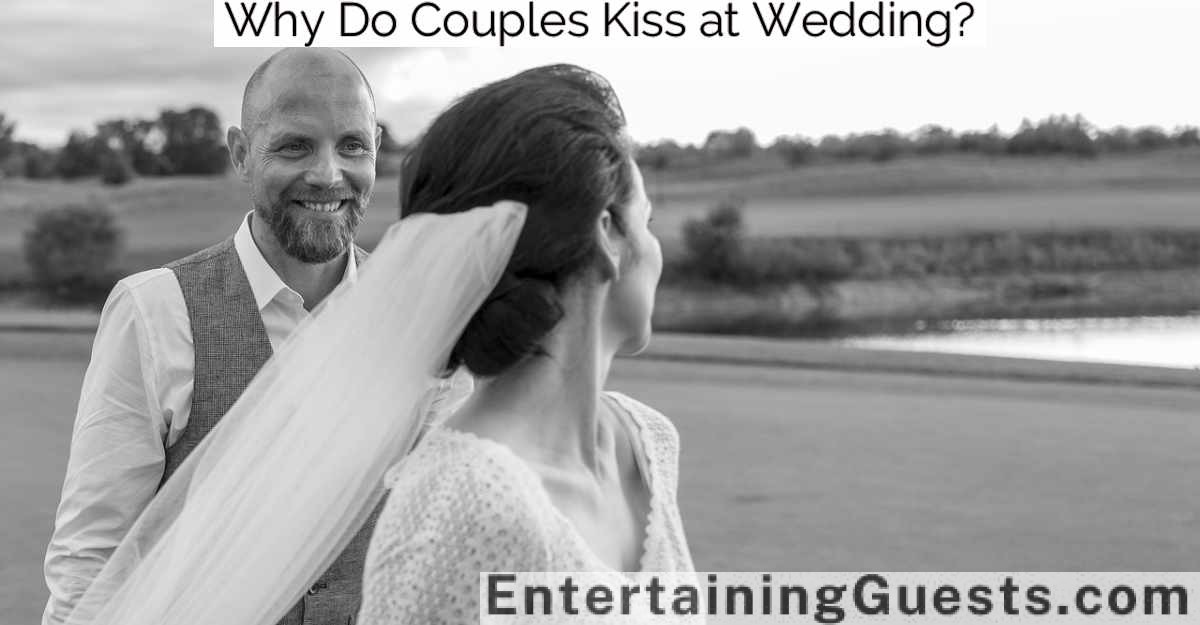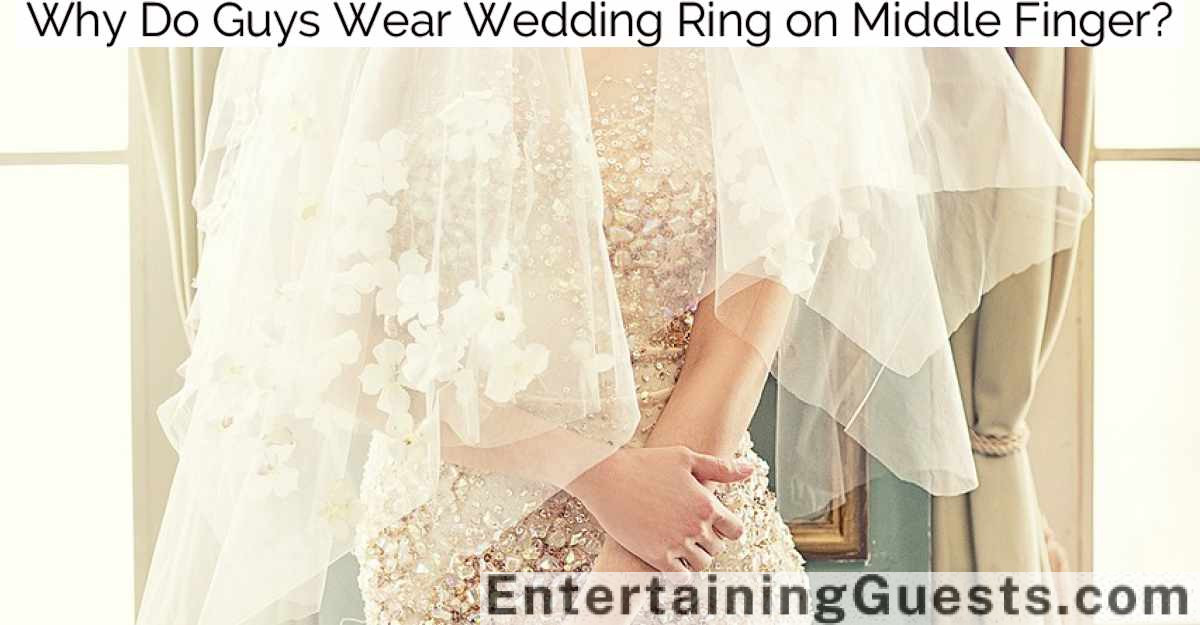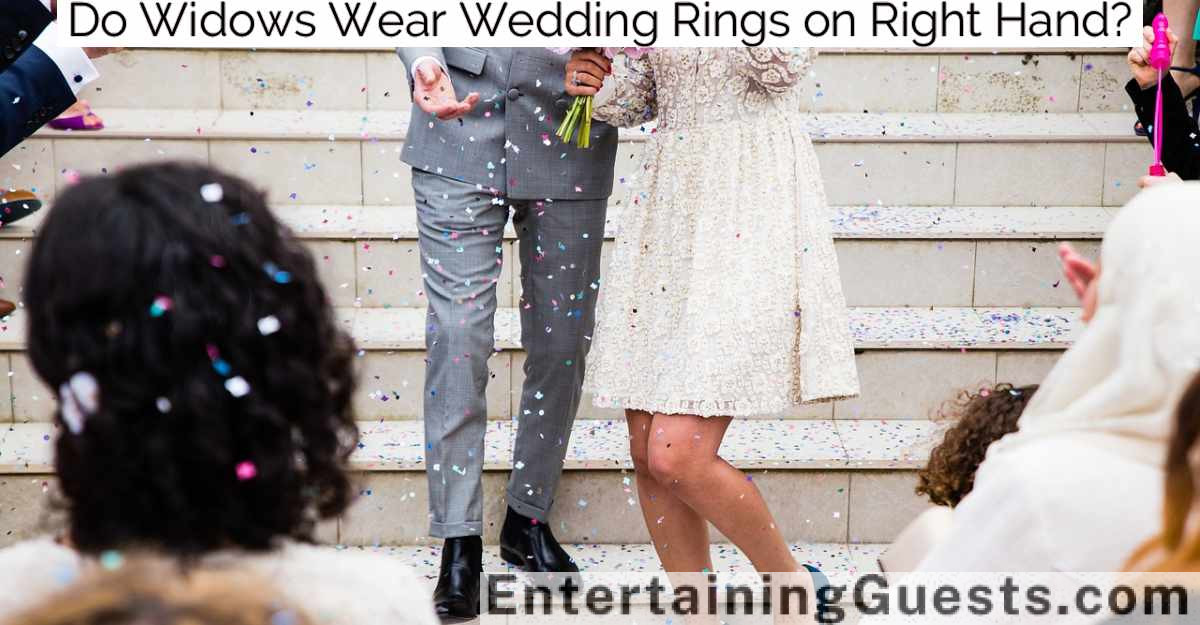Yes, wedding ceremony programs are not strictly necessary, but they provide significant benefits that can enhance the experience for everyone involved.
These programs serve as a guide for guests, outlining the order of events and introducing the wedding party, thus personalizing the ceremony. They also offer explanations of cultural or religious elements that might not be familiar to all attendees, ensuring everyone understands the significance of various aspects of the celebration.
Moreover, wedding programs can become cherished mementos of your special day.
Despite these advantages, it’s worth noting that they require investment in design and printing, and might end up as waste if not thoughtfully handled.
Before deciding, consider these factors to determine if they align with your ceremony’s requirements and personal style.
The Purpose of Wedding Programs
Wedding programs serve as a roadmap for guests, guiding them through the sequence of the ceremony. They typically list the order of events, starting with the processional and including key moments like readings, vows, the exchange of rings, and the recessional. This clear itinerary helps attendees understand the flow of the ceremony and know what to expect next.
These programs often provide the names of the wedding party members, which can include everyone from the maid of honor and best man to the flower girls and ring bearers. By introducing the wedding party, programs help guests put names to faces, enhancing their personal connection to the event.
Additionally, wedding programs can include explanations of cultural or religious traditions featured in the ceremony. This is particularly useful in multicultural or interfaith weddings, where practices may be unfamiliar to some guests. By providing this context, programs enrich the guests’ experience, allowing them to fully appreciate the significance of the rituals and customs being observed.
Moreover, for outdoor ceremonies or those in unique venues, programs might offer practical information like directions to the reception or advice on weather-appropriate attire. This thoughtful inclusion guarantees guests feel comfortable and well-prepared to enjoy the day’s celebrations.
Pros of Using Ceremony Programs
Building on their role as thorough guides, ceremony programs offer several advantages that greatly enhance the wedding experience.
To begin with, they serve as a warm welcome to guests, setting the tone for the event and providing a glimpse into what they can expect during the ceremony. This is particularly valuable in multicultural or multifaith weddings, where varying traditions and rituals might be unfamiliar to some attendees.
Ceremony programs also play an essential role in keeping the event on track. By outlining the sequence of events, they help guests follow the ceremony’s flow, understand the significance of different customs, and know when to participate, if required. This is vital in maintaining a smooth and organized ambiance throughout the event.
Moreover, these programs often include names and roles of the wedding party, which can familiarize guests with important figures of the day, such as the officiants, parents, and bridal party members. This not only adds a personal touch but also fosters a connection between the guests and the ceremony participants.
Cons of Having Ceremony Programs
Despite their numerous benefits, ceremony programs can also present several drawbacks.
To begin with, the cost can be significant, especially for couples on a tight budget. Designing, printing, and customizing wedding programs can quickly add up, diverting funds that could enhance other aspects of the ceremony or reception.
Additionally, creating these programs is time-consuming. Couples often spend hours selecting the right fonts, colors, and paper quality, which adds to the stress of wedding planning.
In addition, ceremony programs are often left behind or discarded immediately after the ceremony, leading to unnecessary waste. This not only impacts the environment but also feels like a misallocation of resources for something that has a very temporary utility.
Moreover, in the digital age, more guests are turning to their smartphones for information. Couples can now set up wedding websites where guests can easily access details about the ceremony, rendering traditional programs somewhat obsolete.
Lastly, managing the distribution of programs can create logistical challenges on the wedding day. Ensuring every guest receives a program requires coordination and can disrupt the flow of arriving guests, particularly in larger weddings.
This might necessitate additional help or coordination, which could be allocated elsewhere.
Personal Stories and Experiences
Many couples find that incorporating personal stories and experiences into their wedding ceremony programs adds a unique and intimate touch that guests cherish. These narratives often include how they met, pivotal moments in their relationship, or shared interests that have strengthened their bond. By sharing these details, the couple gives attendees a deeper understanding of their journey and the significance of their union.
Additionally, personal anecdotes can serve as conversation starters among guests who may not know each other well. When people read about the couple’s first vacation together or the proposal story, it provides common ground and a personal connection to discuss during the ceremony and reception.
Couples often choose to highlight family traditions or honor loved ones who’ve passed away. For example, including a brief tribute to a deceased relative or explaining the origin of a heirloom used in the ceremony can be deeply meaningful. This not only pays respect but also weaves the presence of family heritage into the celebration.
These personalized elements guarantee that the program isn’t just a guide to the day’s events but also a keepsake that embodies the couple’s unique story and the love they share.
Making the Right Choice for You
Selecting the right elements for your wedding ceremony program can feel overwhelming, but it’s crucial to contemplate what genuinely reflects your relationship and values. Every couple is unique, and the program should be a mirror of that uniqueness.
First, consider the structure of your ceremony. Will it be traditional, religious, secular, or a blend? This decision will guide the content of your program. If you’re incorporating unique rituals or cultural elements, you might want to include explanations to help guests understand and appreciate the significance of these moments.
Next, think about the length of the program. A longer ceremony might require a more detailed program to keep guests engaged and informed. Conversely, a shorter, more casual gathering might only need a simple outline of events.
Also, evaluate whether you want to include personal touches, such as quotes, poems, or anecdotes that resonate with your journey as a couple. These elements can make your program more memorable and meaningful.
Finally, consider your budget. While it’s tempting to go all out with beautifully designed programs, remember that sometimes less is more. A well-considered, concise program can be just as effective as a lavish one.
Making the right choice for your wedding program isn’t just about tradition—it’s about creating a personal experience that you and your guests will cherish.
Conclusion
In summary, while wedding programs aren’t essential, they can enhance guests’ understanding and enjoyment of the ceremony. Weighing their benefits against potential drawbacks, like cost and environmental impact, is vital. Personal experiences vary, with some finding programs invaluable and others seeing them as unnecessary. Ultimately, deciding whether to include them depends on your specific event needs and guest dynamics. Carefully consider all aspects to make the best choice for your special day.







